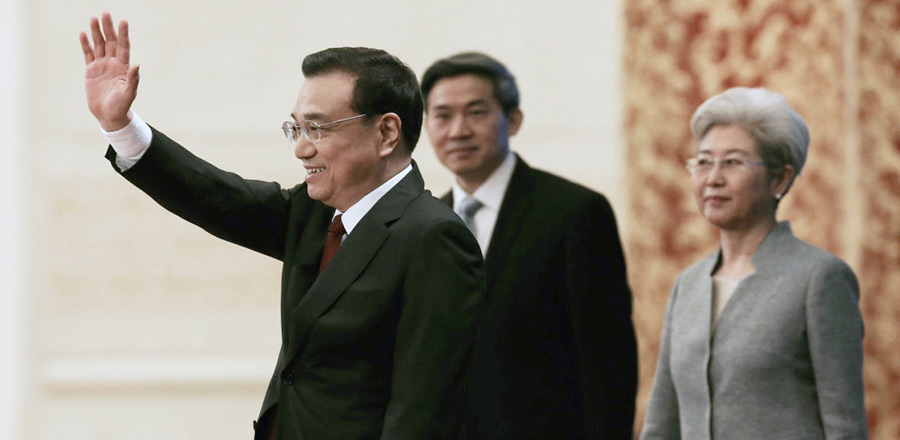
Binding targets for PM2.5 levels set out in the 13th Five-Year Plan (2016-20) will push local governments to implement stricter policies for coal use and emissions reduction, experts said at a low carbon forum on Thursday.
"Setting a reduction goal is a top-down approach to tackling the environmental problem," said Du Xiangwan, deputy director of the China Expert Panel on Climate Change.
This is the first time that the reduction of PM2.5 - particles with a diameter of 2.5 micrometers or less that are hazardous to human health - has been specified as a binding target in a five-year plan, Du said.
Discussed and finalized during the annual two sessions, which closed on Wednesday, the current five-year plan has set more binding targets for social development, such as reducing major pollutants, instead of focusing only on economic development.
According to Xu Shaoshi, head of the National Development and Reform Commission, binding targets are more stringent than guiding targets, as they require local governments to complete tasks and they are evaluated based upon accomplishment.
Wu Shunze, vice-president of the Environmental Planning Institute at the Ministry of Environmental Protection, said yearly inspections would encourage local governments to focus on PM2.5 reduction and consider the environmental impact of new construction projects.
The key to controlling pollution as China transitions to a low carbon economy is further cutting coal consumption, which peaked in 2013, according to Qi Ye, director of the Brookings-Tsinghua Center for Public Policy.
The annual growth rate of coal consumption decreased from 8.8 percent to 3.7 percent between 2000 and 2015.
Du, of the climate change panel, agreed that "more efforts should be made to reduce household coal consumption especially in rural areas in Beijing-Tianjin-Hebei" where "cheap and low-grade coal is still quite popular".
(China Daily 03/18/2016 page5)








